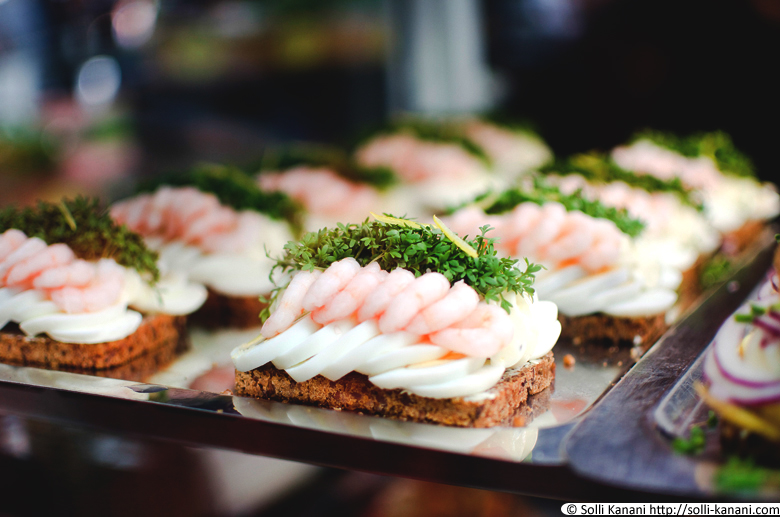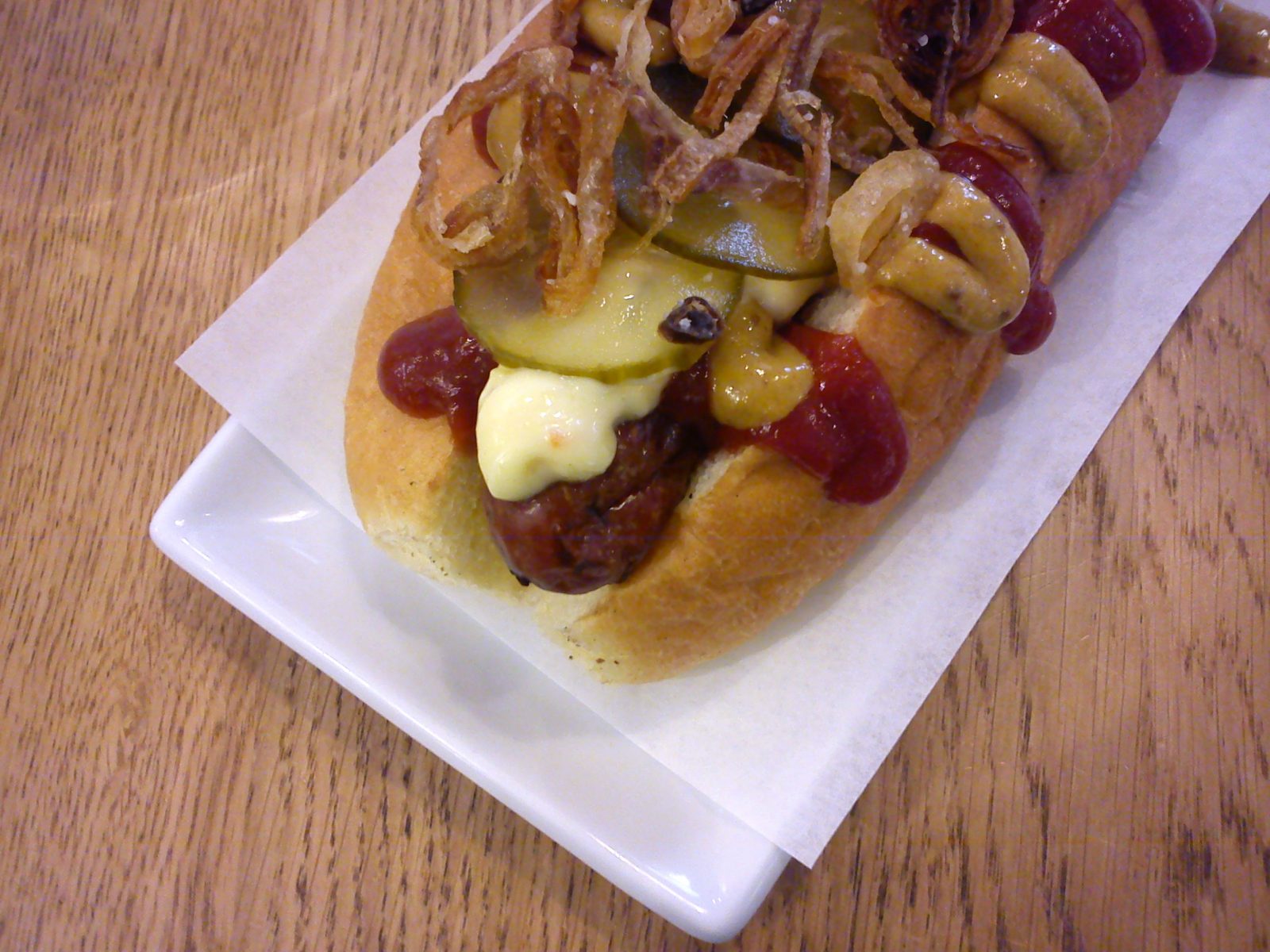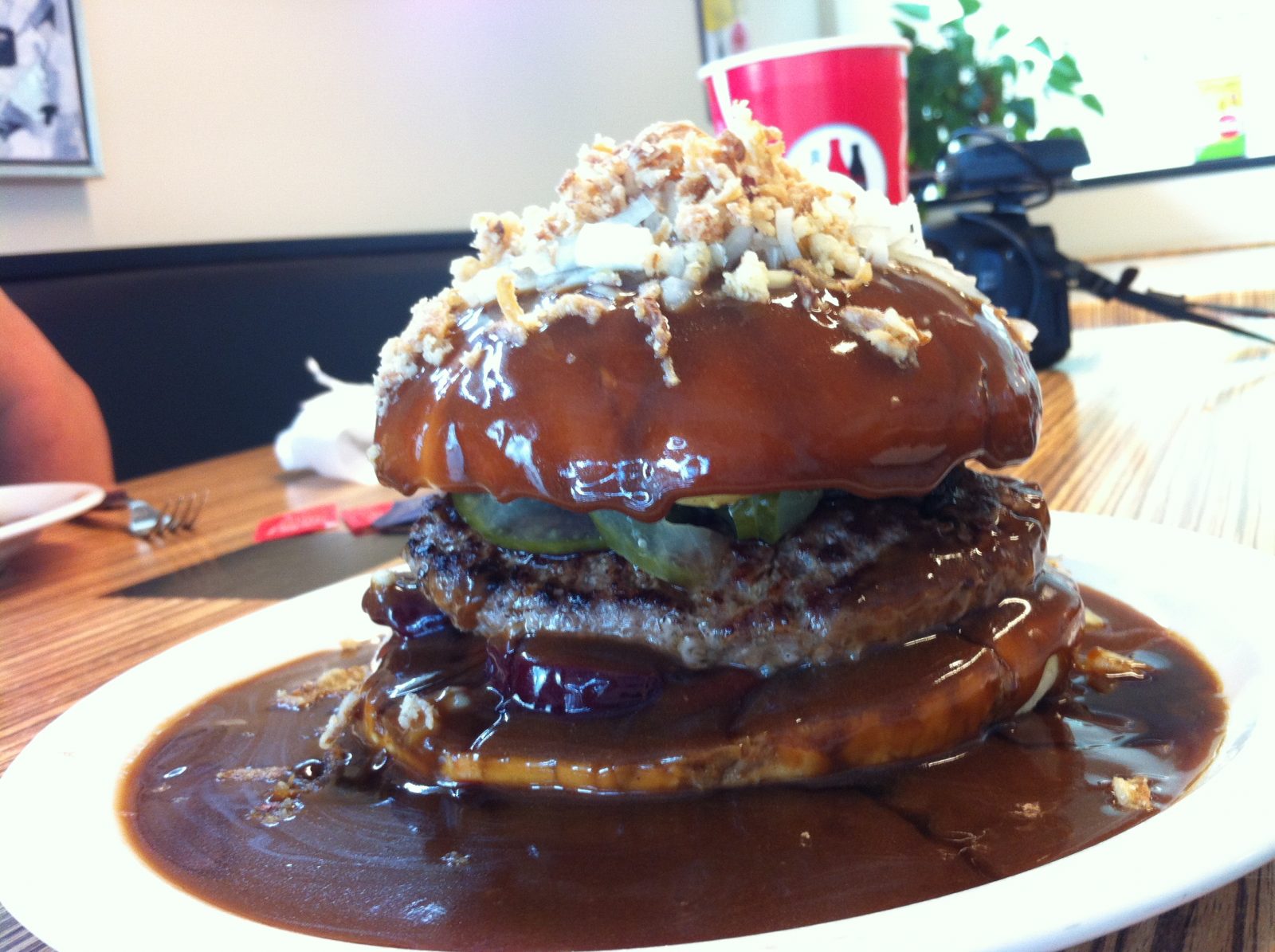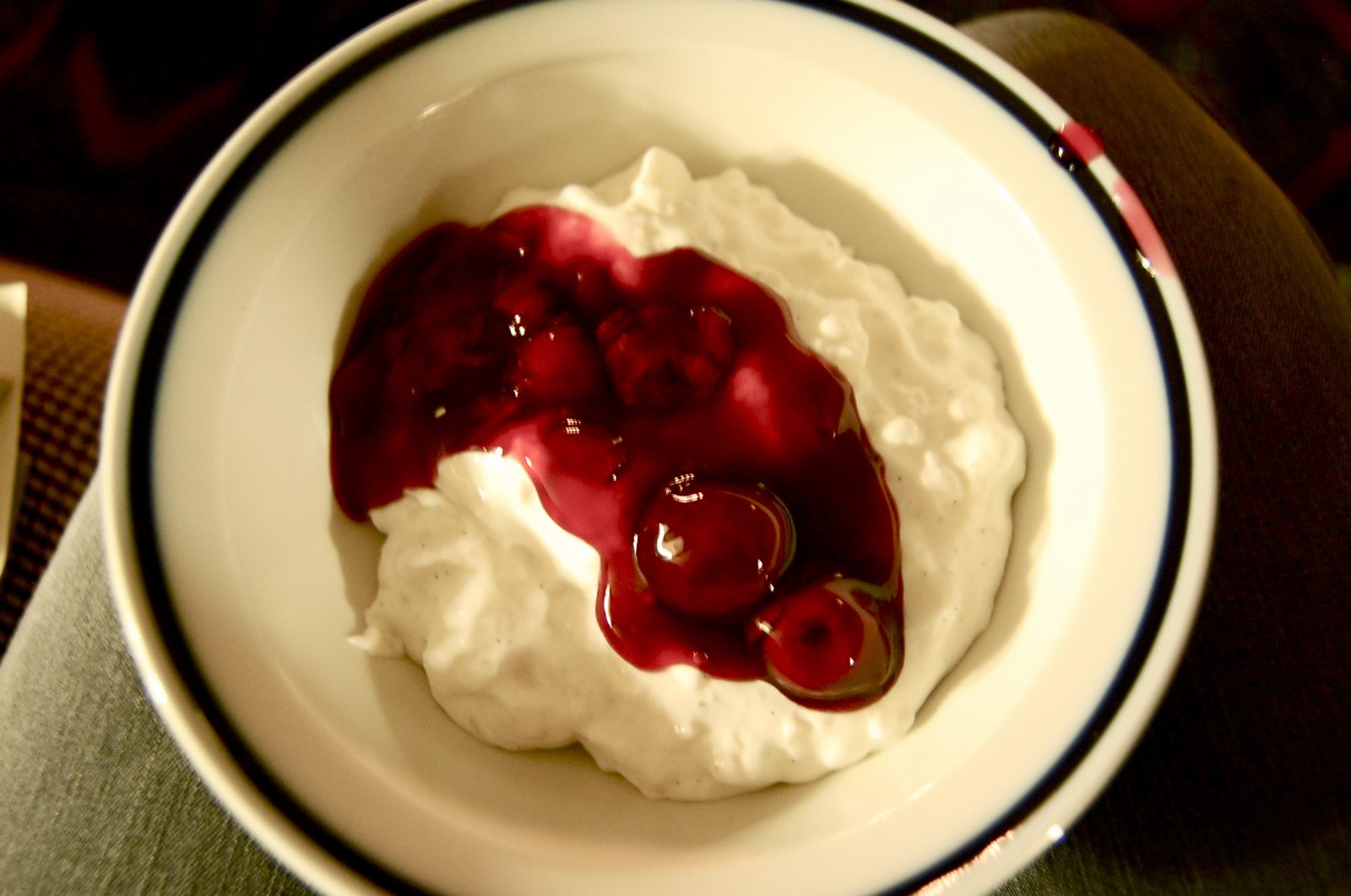Six Danish dishes to devour while you’re here

(Photo: Solli Kanani)
One way of experiencing a country’s culture is through your stomach. So, here’s a list of dishes that you should sink your teeth into while in Denmark. Caution! They contain heavy amounts of fat and sugar. Velbekomme!
Some countries are pretty good at branding their traditional foods and exporting them to the rest of the world. Take France and Italy as good examples.
So, what about Danish cuisine? Is it being exported anywhere?
NOMA, which was voted the best restaurant in the world for several years in a row, gave it a try by making foreigners go around foraging for mushrooms, moss, and branches in their nearby forest.
But if you want to eat what the real Danes eat, you shouldn’t get up early in the morning to roast ants for your oatmeal.
Instead, you should try one of the following dishes to get a truly Danish food experience.

Smørrebrød
When foreigners ask Danes what’s some typical Danish food, most would reply, smørrebrød. (Pronounced with soft d.)
This open-faced sandwich wonder can be found in about every Danish kid’s lunchbox as a simplified version. But adults would also gladly eat it for lunch at their workplace.
It comes in several different versions, but the basics is a slice of classic Danish rye bread –which is an experience in itself – topped with different kinds of meat or fish and decorated with cress, tomato, and cucumber. Make sure to put an emphasis on the word “topped”, if you want to try and make it yourself.
If you’re not quite sure how to get a true Danish smørrebrød experience then here are three traditional examples:
Pickled herring: This type of smørrebrød is quite famous as it often appears on the table for a traditional Christmas and Easter lunch. It consists of pickled herring, a spoonful of curry salad, which is basically sour cream whipped with curry, mustard, chopped eggs, onions, cornichons, and chopped apple. To finish it off, place some sliced onion and cress onto the sandwich.
Liver paté: Either it sounds a little fancy for you, or you find the thought of liver made into paté a little disgusting. Either way, you’ll find several brands of liver paté in every Danish supermarket and in the fridge of almost any Danish household with kids for sure.
To make a piece of smørrebrød with liver paté, you’ll need the paté, a slice of jelly, and a piece of bacon to top it off. Yes, jelly. But not strawberry jelly or blueberry jelly. No, you need beef stock jelly to make that piece of smørrebrød wiggle.
Egg and shrimps: You might think: “yay, foods I know.” The piece of smørrebrød with eggs and shrimps is a favorite among Danes as well, so you will probably like it too.
It’s very simple. Just sliced eggs topped with mayonnaise, shrimps, and cress to make your mamma happy.

Now go and have a piece of smørrebrød right this instance.
Hotdog
Almost every country in the world will have a version of the classic hot dog and Denmark is no exception.
You can either make it yourself or go to one of the cute hotdog trucks parked throughout Copenhagen.
If you go to one of the hot dog trucks, you just order one “with everything.” By saying this you are up for quite a Danish mouthful, as it comes with a condiment called remoulade. (Pronounced with soft d – I’m so sorry.)
This yellow condiment is usually eaten with things like sausages, fish cakes, and fried filets of fish but it also goes well with hot dogs. Remoulade is made out of mayonnaise, sour crème, onion, cornichons, chives, and turmeric, which gives it the characteristic color.
Anyway. A hot dog “with everything” comes with ketchup, remoulade, mustard, pickled cucumber, and dried onions. If you want to go fancy, there are a few gourmet hot dog places around town. Enjoy.

Bøfsandwich
We’ll stick to the meaty menu for a little while longer. I will now introduce you to a meal that for sure will give you a serious meat sweat. The Danish take on the burger – bøfsandwich. Directly translated: beef sandwich.
This thing is pretty extreme, so make sure to be on the tip of being hangry, when you order this beast.
I will list the things below that makes a proper bøfsandwich:
Burger buns, a beef patty, ketchup, remoluade, onions in various forms – raw, fried and roasted – pickled cucumber and thick gravy. There is not right order to put this sandwich together, as long as the beef patty is inside the buns.

At this point, if your breathing isn’t a little heavy right now, you’re one of a kind.
Dessert mode
Danish cuisine isn’t all about meat though. It’s also about sugar. Lots of it.
Even though Denmark isn’t found on the top ten list of countries consuming the most candy per capita, we surely know how to cook and consume sweet dishes.
Here’s a list of three special Danish desserts.
Risalamande
The name of this dish is French-sounding and basically just means rice with almonds.
It’s only eaten about once or twice a year during Christmas time as a dessert. Just so you can top off the heavy amount of Christmas food.
Risalamande is made from cooled rice, porridge cooked with vanilla, mixed with whipped cream, chopped almonds, and sugar. This glorious treat is then doused with hot cherry sauce.
If you are to eat risalamande the right way, there’s a game included. When you chop the almonds, you leave one whole almond and put it into the bowl. The one that gets the whole almond gets a prize.
Let the game begin.

Koldskål
In the summertime, Danes are made up of about 50 percent koldskål. Directly translated: cold bowl.
There are a billion ways to make it. Just like every Italian mother has her own recipe for pasta Bolognese, all Danish mothers make koldskål in different ways.
All in all, it consists of buttermilk – a thicker kind of dairy-like soured whole milk –, sugar, and vanilla. Some like to spice it up with egg yolks and lemon.
This dish is topped with small cakes called “kammerjunker”. You can either throw them in whole or crush them in your hand and sprinkle them over the cold soup.
In fact, Danes love koldskål so much that three Danish rappers made a song about it:
Gåsebryst
Last thing on the list is actually the President of CBS, Per Holten-Andersen’s favorite. The name of this cream cake is translated into goose breast, but don’t worry, no geese were killed in the making of this cake. The name simply comes from the fact that the cake has the shape of a goose’s breast.

The cake consists of a sponge cake or puff pastry bottom, topped with prune jam, vanilla custard, and whipped cream. The entire cake is then enveloped in a thin layer of marzipan.
Danes are fond of cream cakes, and there are various types to choose from at most bakeries. So don’t hesitate to make yourself a cake tapas.
Velbekomme.





































































































































Comments